A Level Fine Art
Curriculum overview for A Level Fine Art
Curriculum intent – the knowledge, understanding and skills that students will learn
During the A Level Fine Art course, students will learn how to analyse and critique artists’ work whilst being able to visually analyse using content, process, form and mood format; and develop their skills through experimentation and mixed media, showing their understanding and knowledge through annotation recorded in sketchbooks. Students will learn a range of skills that includes observational drawing, pastel, chalk and charcoal, oil pastel, ink, photography, painting, various printing methods, sculpture, wire and clay manipulation and glazing. All these skills will enable Art students to create an informed outcome that realises their intentions. Students will complete two assessed components: Component 1: A personal investigation in which students conduct a practical investigation into an idea, issue, concept or theme, supported by written material of up to 3000 words. The focus of the investigation is identified independently by students and leads to a finished outcome or a series of related finished outcomes. Component 2, the second assessed assignment, is set by the exam board and students select one topic from a selection of eight starting points to work on.
Curriculum implementation – teaching, learning and assessment strategies
At the beginning of Year 12, students complete a baseline test incorporating all of the A Level Fine Art assessment objectives to access their skill level. They are provided with an Art vocabulary sheet to further their understanding of Art-specific terminology and set regular research projects and written visual analysis to complete. Teachers coach students in understanding how to avoid plagiarism by writing in their own words using Art terminology, as well as share visuals to demonstrate and encourage good presentation and grammatically correct written research. Students recap prior learning frequently, so that their skills can continue to be refined through experimentation. When peer and self-assessing, they use exam board criteria to become familiar with the assessment expectations of Component 1 and Component 2 tasks. The A Level course is sequenced so that students are equipped with the skills and confidence to make personal choices in assessed projects, so that their work is truly individual to them. They are encouraged to share good practice and teach each other skills, which further develops their independence as artists.
Curriculum impact – intended outcomes for students
As a result of developing the specific learning, knowledge, skills and understanding required of the A Level Fine Art course, students will be prepared to pursue Higher level education in this creative area.
Course overview for A Level Fine Art
Exam board: AQA https://www.aqa.org.uk/subjects/art-and-design/as-and-a-level/art-and-design-7201/subject-content/fine-art
Coursework: Yes - On-going assessment
Component 1 – Personal Investigation
60% of the qualification
Window for assessment: September 2024 – 31st January 2026
Component 2 – External assessment
40% of the qualification
Window for assessment: 1st February 2026 – 31st April 2026
